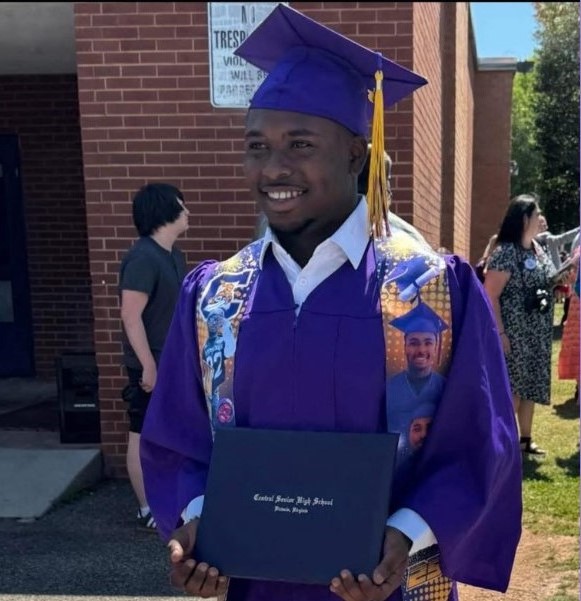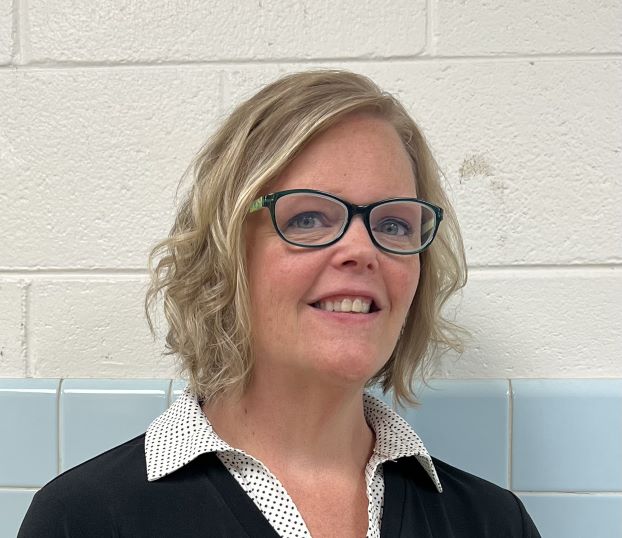Assembly members file ‘cell phone-free’ bill. What would change?
Published 10:23 am Tuesday, September 24, 2024
|
Getting your Trinity Audio player ready...
|
The plan had been simple. Gov. Glenn Youngkin instructed the Virginia Department of Education to develop guidelines for a cell phone-free education plan. Each school district was to use those guidelines to build their own version of what that plan would look like, if they didn’t have one in place already. Now that concept may get a bit more complicated, as a bill has been filed in the Virginia General Assembly.
Now yes, the Assembly is not in session and the earliest this bill could be considered for a vote is January, when lawmakers return to Richmond. But this adds the potential for Lunenburg, neighboring Charlotte and Prince Edward, as well as other school districts, to deal with more state requirements when it comes to this subject.
The bill in question is Senate Bill 738, filed by Fairfax Sen. Sella Pekarsky and Richmond Sen. Ghazala Hashmi and Schuyler VanValkenburg.
The main part of what the bill would do is block school districts from punishing students that break the no phones policy. Many districts have plans in place, especially in middle and elementary schools, that say phones can’t be brought out in class. In some districts, after a student violates that policy multiple times, he or she could face suspension. The new bill would prevent that.
What does cell phone-free bill say?
Senate Bill 738 specifically states that it would “expressly prohibit any student from being suspended, expelled or removed from class as a consequence of any violation of such (cell phone) policies.”
The argument by the filers is that if students are suspended, then that means less time for them in the classroom being taught. The bill would also require districts to try and enforce cell phone policies in the classroom without involving teachers or SROs (school resource officers).
“Implementation and enforcement of the policy is the responsibility of the administration (and it) minimizes, to the extent possible, any conflict with the instructional responsibilities of teachers or any disruption to instructional time, and does not involve any school resource officer,” the bill states.
Some concerns have been raised over both of these parts, as many rural districts just don’t have the manpower to handle this without support from SROs.
“Democrats aren’t even willing to allow consequences for blatantly defying teachers in a simple matter,” said Virginia Del. Tommy Wright. He represents District 50, which includes Lunenburg County. “It’s yet another case of feelings being put ahead of what works for students.”
The bill would also guarantee that students could have phones on hand for a number of reasons. SPED students, those with an IEP (individual education plan) or 504 plan would be allowed to keep their phones under this bill. It also would let students keep phones turned on to do everything from reminding them to take pills to just keep available if a parent wants or needs to contact them.
Why was the bill needed?
As for why this bill was filed, Virginia Democrats say any change in education needs to go through the Assembly.
“While we applaud Governor Youngkin prioritizing a dialogue on school mobile phone use by providing non-binding recommendations to Virginia’s school system, Virginia’s Constitution does not give the Governor control over Virginia schools and his Executive Order is as effective as sending a letter to each school system,” said Virginia Senate Majority Leader Scott Surovell. “If Governor Youngkin wants to make truly binding and effective education policy, it requires the collaboration and involvement of the General Assembly, the Virginia Board of Education and each local school board which is constitutionally vested with the power to run their local systems. We look forward to working with Governor Youngkin on creating an actual statewide mobile phone policy.”
To be clear, Youngkin’s Executive Order from Tuesday, July 9 didn’t demand districts follow any of the guidelines the Virginia Department of Education set up. EO33 just calls for districts to develop their own plan, if one isn’t already in place, and it have it ready to take effect by next August.
For each level, the guidelines are meant to be a menu that districts can pull from if need be, to build their own policy.
What do the guidelines say?
As mentioned, the outlines are split into three groups; elementary, middle and high school.
Elementary
State officials want to ban all cell phone use by elementary students, both within the school building and on school grounds. If a parent decides that a student needs a cell phone for whatever reason, VDOE officials argue that phone needs to be turned off and stored away during the school day. State officials also argue that rather than call or text a student’s cell phone, the parent needs to call the office if they need to reach their child during the school day.
Middle School
So what about middle school students? The same applies in many cases. State officials want cell phones banned during the school day, but if a parent decides a student must have one, that phone needs to be turned off. VDOE officials also suggest that school officials stop using social media apps to announce changes, post schedules or release any information. They suggest that all districts build their own apps, so only the school district’s information is available. And since many districts use apps for in-class projects, the state suggests to avoid using anything that has social media or internet capability, where students can share, talk or text, with each other or people outside of school.
High School
The high school outline is pretty much the same as the middle school, but with one change. Outside of the instructional time, students in high school can use cell phones and other personal electronic devices on campus, either before or after school.
What would cell phone-free bill change?
For some school districts like Lunenburg, a lot of that seems familiar because it’s already in place. In the county, elementary school students can have and use cell phones before and after dismissal. For middle and high school students, cell phones are required to be off and kept in the student’s assigned locker during regular school hours.
But what about students with medical issues, you ask? In Lunenburg, the policy states that any medical issue requiring a student to need a cell phone with them throughout the day must be documented in the student’s individual health plan. The cell phone can only be used for what’s been agreed to in the health plan.
If that’s ignored in Lunenburg, the first time you get written up, with parents called. The second time, the phone is taken and the student can pick it up at the end of the day. The third time a student is caught playing on their phone, it’s turned in to the office for three days, with a potential parent conference requested.
What happens next?
The earliest the State Senate bill could be looked at is January, unless Youngkin calls a special session to consider it, which seems unlikely. But by January, the work would already be done in districts. All school districts must design their own cell phone-free education plan, which will be finished by Jan. 1, 2025. Youngkin orders that data from these adaptations be reviewed on a regular basis, to make changes as necessary.
Each district’s policy, if it needs to be adopted or altered, would take effect in August of 2025.






